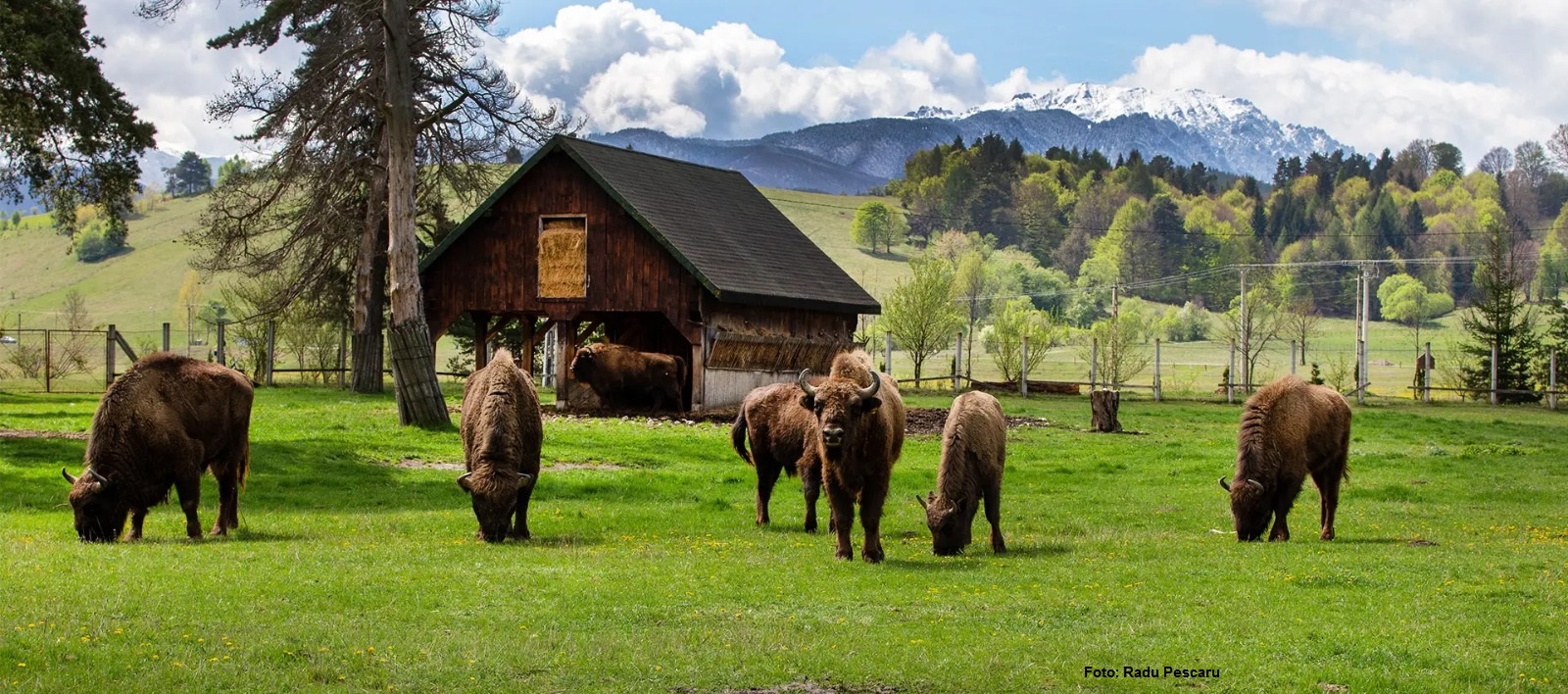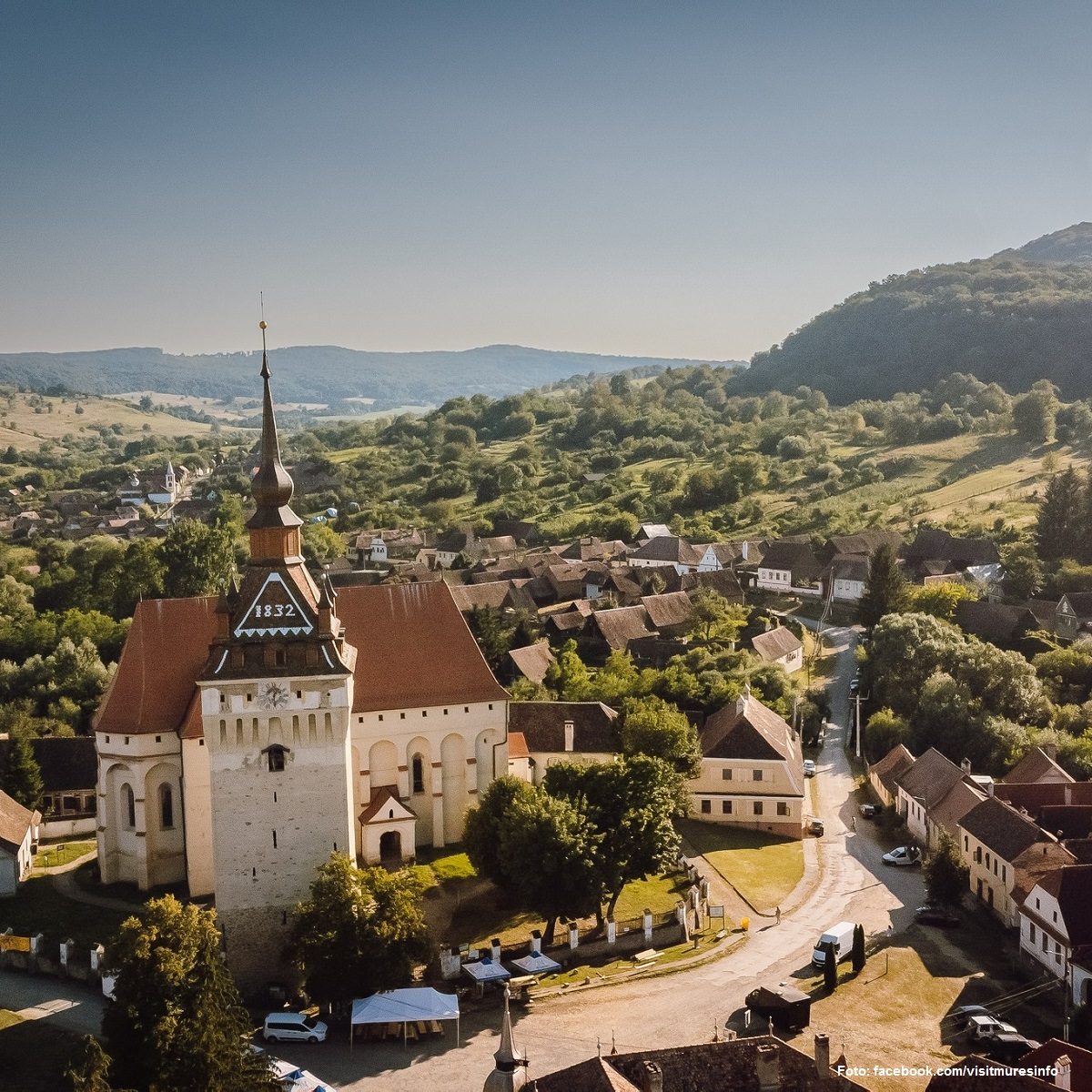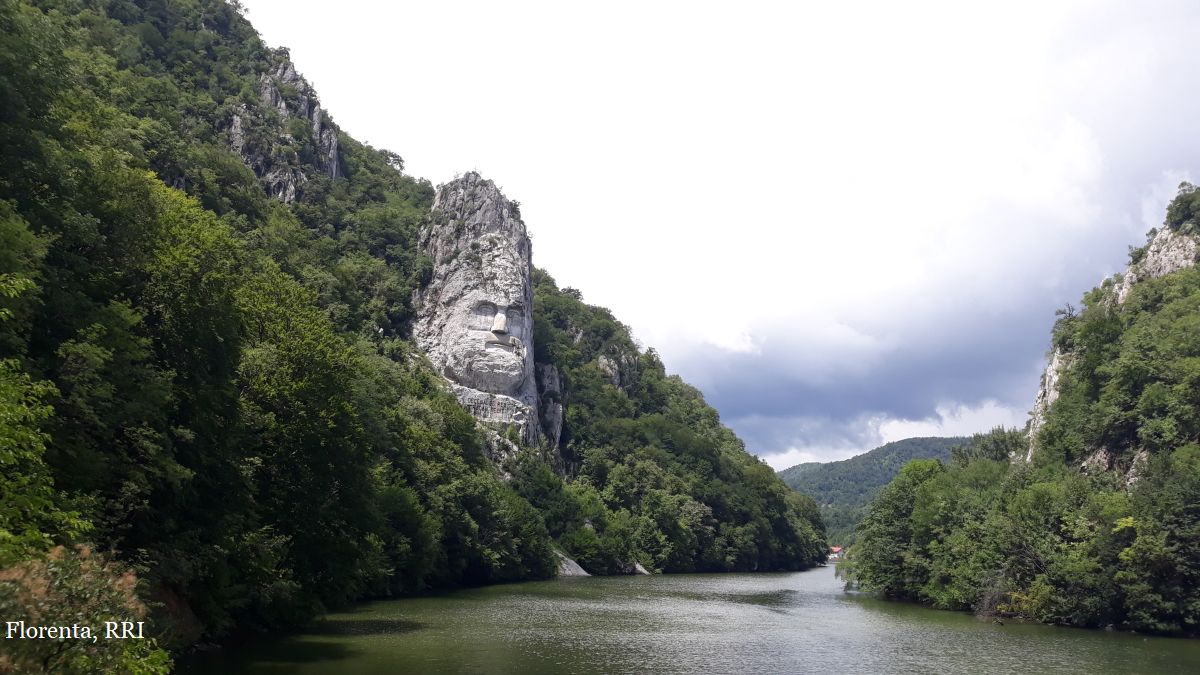Autumn in the Danube Delta
The Danube Delta, a natural paradise, is covering the area where the Danube flows into the Black Sea. Here the river ends its 2,860-km long journey from its source in the Black Forest Mountains in Germany. For centuries, this area of the Delta has been expanding due to the sediment carried and deposited by the river. A maze of canals, lakes and reed-covered islands formed here. In addition, here we find tropical forests, pastures and sand dunes, which cover an area of over 5,000 sq. km. This incredible area of water and land is home to more than 300 species of birds and countless species of fish, from sturgeon to carp and perch. We also find 1,150 species of plants, including lianas, winding up tree trunks in the oak-tree forests, as well as lotus-flowers. No wonder that UNESCO designated the Danube Delta a biosphere reserve.

Daniel Onea, 14.09.2017, 14:02
The Danube Delta, a natural paradise, is covering the area where the Danube flows into the Black Sea. Here the river ends its 2,860-km long journey from its source in the Black Forest Mountains in Germany. For centuries, this area of the Delta has been expanding due to the sediment carried and deposited by the river. A maze of canals, lakes and reed-covered islands formed here. In addition, here we find tropical forests, pastures and sand dunes, which cover an area of over 5,000 sq. km. This incredible area of water and land is home to more than 300 species of birds and countless species of fish, from sturgeon to carp and perch. We also find 1,150 species of plants, including lianas, winding up tree trunks in the oak-tree forests, as well as lotus-flowers. No wonder that UNESCO designated the Danube Delta a biosphere reserve.
The starting point for any adventure into the Danube Delta is usually Tulcea, a city almost as old as Rome, located close to the area where the Danube splits into three arms. The city is located 71 km (45 miles) from Sulina, a settlement as old as Tulcea, located at the opposite end of Sulina arm. Cruises can be made between these two points, allowing tourists to admire the Delta’s flora, fauna and the traditional villages from the comfort of the ship’s deck.
Ioana Voinea, manager of a hotel compound in the Delta, tells us how tourists feel after spending some time in the area: ”They leave the area with a good impression, amazed by its potential, its beauty, but also by how poorly advertised this place is. All of them said they were very surprised by the breathtaking landscape here and wondered why so few people know about the sites that can be visited in Romania. We had tourists coming over from France, Germany and England many of whom were interested in bird watching. We also had tourists from the US, Austria and the Netherlands.”
Fortunately, the Danube Delta has a long tourist season, that starts in April and ends in November, Ioana Voinea says. The weather is quite nice, there is lush vegetation in spring and summer and birds can be watched from a short distance. Fishermen come to the region mostly in autumn. Recommended for a visit of the Delta are the months of September, October and November.
Ioana Voinea: ”I should like to invite everybody to come to this place and discover a natural haven and enjoy a fish broth prepared in the traditional way and served outdoors, with the fish grilled in front of the tourists. If they spend at least four hours in the Delta, they will surely be impressed. Most of the people who visit the place come as tourists and leave as friends. It is a unique place in Europe.”
Dragoş Cătălinoiu Gociman, the vice-president of the Danube Delta Travel Employers’ Association, tells us more about this biosphere reserve: ”Tourists coming here should know that the Danube Delta is not only a place for fishermen, hunters and nature lovers. The Danube Delta is also a place where you can feel free in the middle of nature. The Danube Delta is different from season to season and also from one area to another. I find it hard to pick a favourite area, but what I would highly recommend is the one called Erenciuc, where flying fish can be seen, the place where the Danube flows into the Black Sea and also the Letea Forest and the Mila 23 area. There are lots of places like these in the Delta, and all of them are very different and very beautiful. “
If you come to a village on the bank of this river, you can see fishermen cooking their own version of the Russian soup and you can also taste it. Those with more sophisticated tastes can try the Danube herring or sturgeon patties, which go well with tasty local wines served in restaurants in Tulcea and Sulina.
Romania’s rowing champion Ivan Patzaichin, is part of an association that for more than ten years has been promoting the Danube Delta: “I have always said the Delta has to become the queen of Europe’s eco-tourism. And the association is constantly working in this respect, trying to promote tourism and along with it local traditions, gastronomy and the beautiful landscape here, as the Delta is a very wide place and every corner stands for something. Very few people know that and we mainly try to attract tourists who understand that a one-day trip is just not enough.”
Apart from a breathtaking landscape and an incursion into the world of the archaic village, the Danube Delta offers various ways of spending time. Travel agencies have on offer numerous holiday packages tailored to the needs of every tourist. The region abounds in accommodation facilities ranging from guesthouses to floating hotels. Tourists are advised to book their tickets in advance in order to enjoy discounts.






























